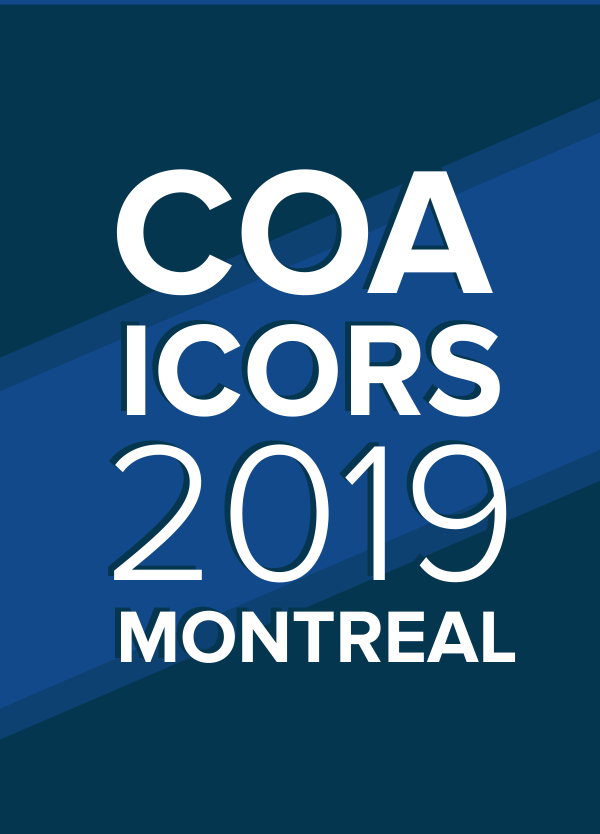
COA/ICORS2019: PRP versus steroid injection in nonoperative treatment for partial thickness RCR

COA/ICORS2019: PRP versus steroid injection in nonoperative treatment for partial thickness RCR
The Effect of Platelet Rich Plasma on Partial Thickness Rotator Cuff Tears: A Double-Blind Prospective Randomized Controlled Trial
CONFERENCE ACE REPORTS
This ACE Report is a summary of a conference presentation or abstract. The information provided has limited the ability to provide an accurate assessment of the risk of bias or the overall quality. Please interpret the results with caution as trials may be in progress and select results may have been presented.
Synopsis
99 patients with a partial-thickness rotator cuff tear or rotator cuff tendinopathy were randomized to injection therapy with either a platelet rich plasma injection or corticosteroid injection. Patients were assessed for outcome on a visual analog scale for pain, the Western Ontario Rotator Cuff Index, the American Shoulder and Elbow Surgeons (ASES) score, and incidence of patients who progressed...
To view the full content, login to your account,
or start your 30-day FREE Trial today.
FREE TRIAL
LOGIN
Forgot Password?
Explore some of our unlocked ACE Reports below!

Learn about our AI Driven
High Impact Search Feature
Our AI driven High Impact metric calculates the impact an article will have by considering both the publishing journal and the content of the article itself. Built using the latest advances in natural language processing, OE High Impact predicts an article’s future number of citations better than impact factor alone.
Continue



 LOGIN
LOGIN

Join the Conversation
Please Login or Join to leave comments.